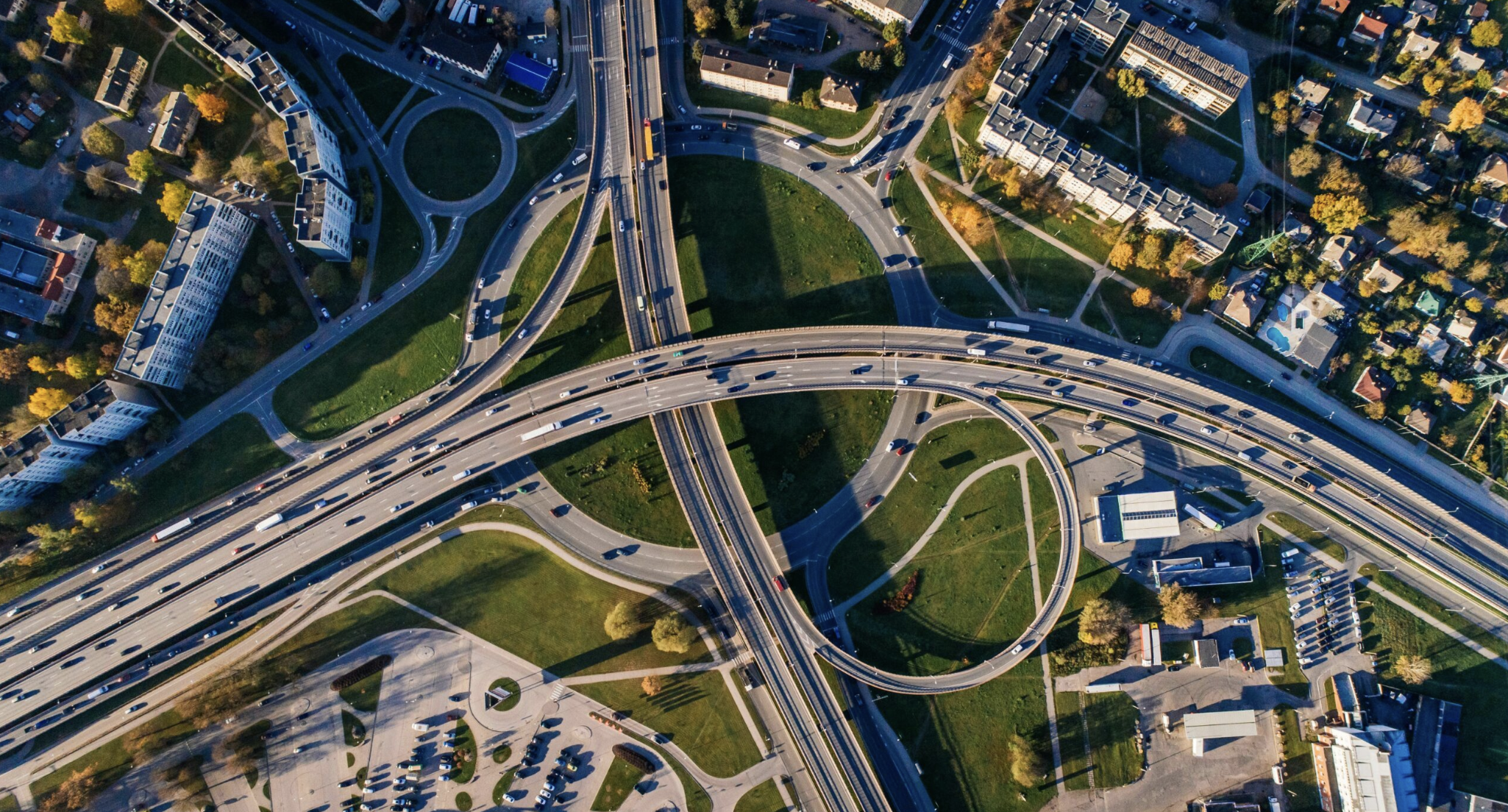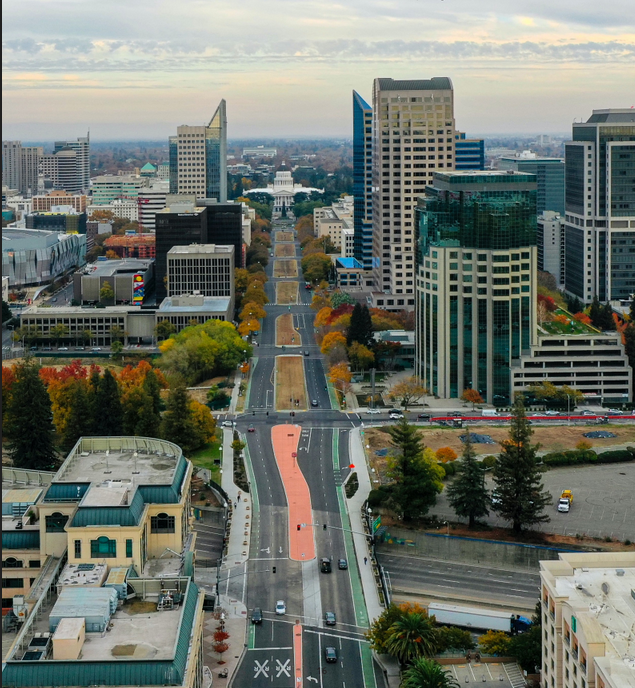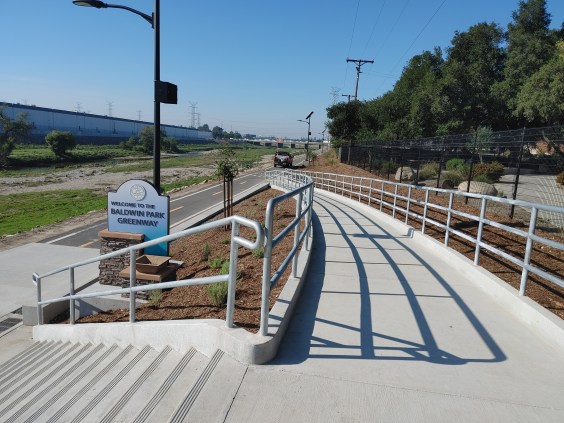Tomorrow, Thursday, January 28, the BART Board of Directors will review environmental documents for Phase I of the proposed Coliseum Transit Village, which will bring 110 housing units to a parcel that's in walking distance of the Coliseum station. The hope is construction will start in November of this year, with completion two years later.
Right now, this BART-owned parcel, bound by Snell Street and 71st Avenue, is surface parking. Oakland has pushed for development in the area for over a decade—and encountered quite a few problems. But this stage of the project could be close to breaking ground, depending on the BART Board's decision.
That said, not everyone thinks it's going in the right direction—at least not yet. “It's zoned for five stories, but only about one-third of it will be that high,” said Nick Josefowitz, a BART Board member and long-time environmental and transportation advocate who is critical of the project. “It's townhouses for the rest. Let's build as far up as the zoning allows.”
Isn't it better to have new development around the station? Josefowitz doesn't think so, because once those town houses are built, it'll be nearly impossible to add density later. “Taking a step in the right direction doesn't help if you're trying to run a marathon—which is the scale of our housing problems—and that step prevents you from running the rest of the marathon,” he said.
And, he argues, it's not just the lack of density: there aren't provisions for enough grocery stores, banks, nurseries and other neighborhood retail needed to make people less dependent on automobiles. “I applaud the developer for making it 50 percent affordable and 50 percent workforce housing,” he said. “Even though that's affordable from a monthly rent perspective, it should also be affordable for getting to work, shopping and family events.”
But just five-story buildings are enough to provide remarkably pedestrian friendly, accessible neighborhoods. Think of the height limits in Paris (although those show signs of loosening up). Advocates for sustainability say it's not about getting too bogged down in height limits and density overall, but instead about finding the right kind of density for the site, as Kaid Benfield writes about in the Switchboard Blog for the Natural Resources Defense Council. The Urban Land Institute (ULI) has 10 Principles for Livable, High-Density Cities: they include prioritizing green transportation and building options to reduce energy consumption; clustering the highest density housing close to a transit station falls under that category. As does fostering affordable housing, which the BART transit village aims to achieve.
On a related point, it's disappointing to see that even in the transit village project renderings, there's an image of a cyclist slapped on, but no apparent bicycle infrastructure. Josefowitz hopes there will be plenty of bicycle parking and pedestrian features, such as greenways and good lighting. On-street bike lanes, he hopes, will follow. Parking that's lost for the development, meanwhile, will be shifted to other parcels around the station.
For now, Josefowitz wants the project scaled back, so only the highest density portion of the housing is built, leaving the rest of the parcel available until funds allow a project that can maximize the space. “The land around a BART station is so precious,” said Josefowitz. “It's a real shame not to make the absolute best use of it.”
The BART board meeting, which takes public comment, is held in the Kaiser Center 20th Street Mall, Third Floor, 344 20th St., Oakland, CA. It starts at 9 am.






